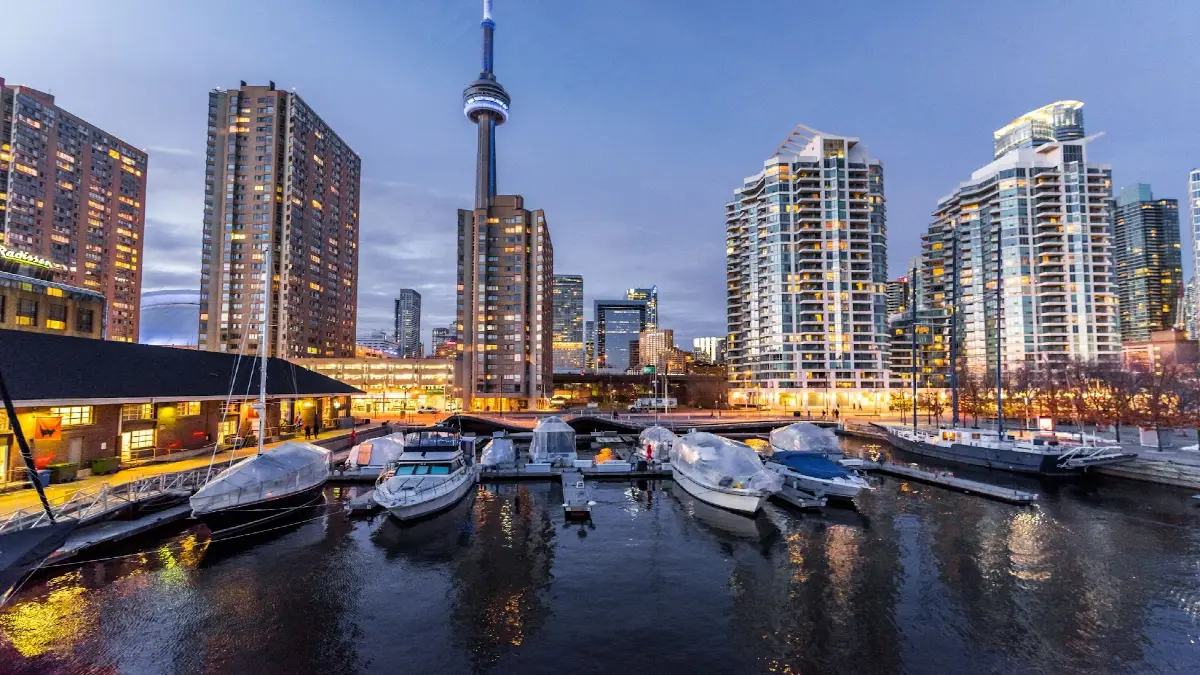Last Updated on January 19, 2017 by Bharat Saini
Delhi-Mumbai Industrial Corridor (DMIC) is the world’s largest infrastructure project, with investments worth $100 billion, with the financial & technical aids from Japan, covering an overall length of 1483 kms between the national capital and the financial capital of India, i.e. Delhi and Mumbai. Inspired by Japan’s Tokyo-Osaka industrial corridor, it’s a Multi-modal High Axle Load Dedicated Freight Corridor (DFC) passing through the six States – U.P, NCR of Delhi, Haryana, Rajasthan, Gujarat and Maharashtra, with end terminals at Dadri in the National Capital Region of Delhi and Jawaharlal Nehru Port near Mumbai. As many as eight modern industrial clusters are planned, with a dozen early-bird projects underway, complete with path-breaking connectivity and attendant investment. The project will be implemented in three phases, with the first expected to be completed by 2025 and the second by 2032. Work on trunk infrastructure is on in Gujarat, Madhya Pradesh, Maharashtra and Uttar Pradesh and is expected to be completed by 2019. Big global investors like Ikea, Kia Motors, China Railway Construction Corp., German wind turbine manufacturer Senvion, Korean Land & Housing Corp. and Chinese real estate company Country Garden are potential investors that have shown interest in DMIC.
Delhi Mumbai Industrial Corridor
|
The government will extend concessions to anchor investor in terms of price or tax benefits. To develop smart manufacturing destinations, fully developed land with clean titles and with world-class infrastructure will be made available in four brand new industrial cities being developed as part of the project. The cities are Dholera Special Investment Region in Gujarat, Shendra Bidkin Industrial Park & Dighi Port Industrial Area in Maharashtra, and Integrated Industrial Township Greater Noida in Uttar Pradesh.
DMIC proposes to develop manufacturing hubs all through the industrial corridor that will provide such a boost to the manufacturing sector that the project’s contribution to India’s GDP would exceed 25%.The DMIC aims to add two power plants, 23 industrial hubs, six airports, two ports and a six-lane expressway stretching 1500 kms. Since, urbanisation is considered inevitable and existing Indian cities are bursting at their seams, 24 smart cities are planned in the corridor which will also provide domestic markets to the manufacturing. Seven of those will be ready by 2019. These smart cities are meant to be green and self -sustaining
DMIC is conceived to be developed as a Model Industrial Corridor of international standards with emphasis on expanding the manufacturing and services base and develop DMIC as the Global Manufacturing and Trading Hub with an idea that would spend least state money and gain maximum benefit for the masses from private corpus and with setting up industrial nodes it would help employment generation and is likely to create more than 25 million jobs in the next seven years.


